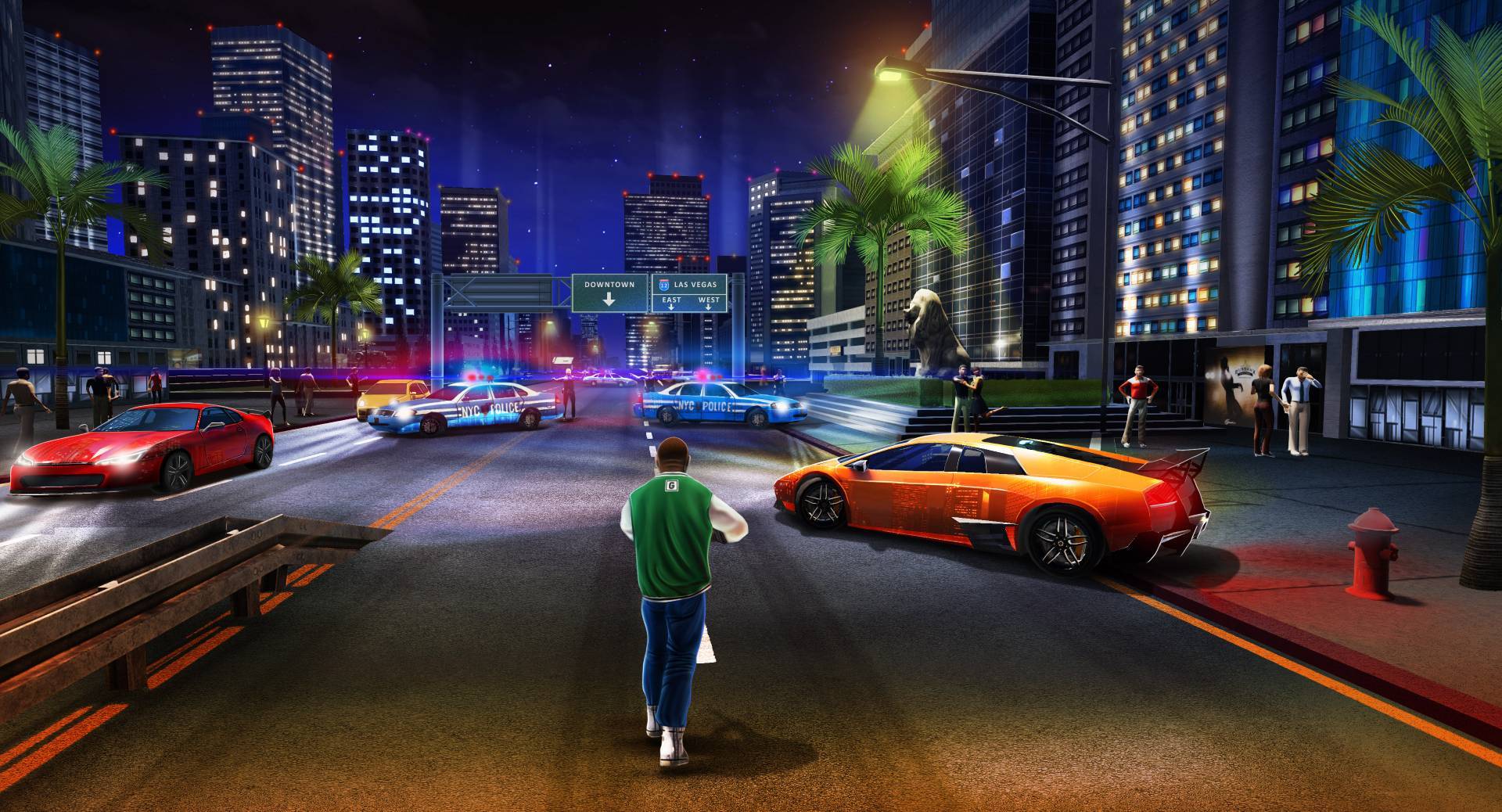As modern technology continues to advance, gamers are indulging in an increasingly realistic gaming experience with breathtaking graphics. Video game developers are constantly pushing the boundaries with their imagination and creativity, developing games that not only immerse the players into the gameplay but also imbue a sense of realness. With realistic graphics, video games have transcended beyond mere entertainment, becoming an artistic medium that transports users to a whole new world. This article explores the evolution of realistic graphics in video games, and how they have shaped the gaming industry over the years.
1. Unleashing Realism: A Journey Through the World of Realistic Graphics Games
Realistic graphics in gaming have come a long way in recent years, delivering one immersive experience after another. With every new game release, players find themselves drawn deeper into the game world, unable to distinguish between reality and virtual reality. Exploring and experiencing different game worlds has become an incomparable adventure that allows players to lose themselves in a world that they can control.
The level of detail and texture in the latest generation of realistic graphics games is truly astounding. From the subtlest expressions on a character’s face to the tiniest crack in the pavement, game developers are pushing the boundaries of realism in order to deliver the most engaging experience possible. The vividness of the worlds created by these games is truly something that has to be experienced to be believed. It’s easy to get lost in the extensive array of details and to appreciate the finely-crafted elements that have been added in order to produce a realistic feel that truly transcends the ordinary.
2. Immersing in Reality: The Technology Behind Realistic Graphics Games
Modern gaming technology has evolved to a point where stunningly realistic graphics are possible within video games. The experience of playing a game has been transformed into a fully immersive adventure with visuals and sounds that replicate real-life scenarios. How has this technology made it possible to create such realistic graphics in games?
First, there is the use of 3D modeling and texturing software, which allows game developers to create intricate and detailed environments, objects, and characters. This software also enables them to add layers of texture, lighting effects, and shadows to the graphics, giving them a more realistic appearance. Additionally, powerful graphics engines provide the backbone of modern games, allowing for complex physics simulations, animation, and rendering. These engines can simulate real-world physics, such as gravity and friction, which can influence the behavior of objects and characters in the game world. Essentially, the technology behind realistic graphics games has combined various software systems to create a powerful tool that offers a truly immersive gaming experience with rich visuals.
- 3D modeling and texturing software is used to create intricate and detailed environments and characters
- Texture layers, lighting effects, and shadows are added to the graphics for greater realism
- Powerful graphics engines provide the backbone of modern games, allowing for complex physics simulations, animation, and rendering
Gone are the days when games appeared pixelated and flat. The technology behind modern games has given rise to visually stunning and detailed worlds that look and feel real. Through innovative technological developments, game makers have created an enhanced experience for gamers, one that is a far cry from the simple arcade-style games of the past.
3. The Future of Gaming: The Rise of Realistic Graphics Technology
The gaming industry is constantly evolving, and one of the most significant changes in recent years has been the rise of realistic graphics technology. The days of pixelated characters and blocky environments are rapidly fading as game developers push the boundaries of what is possible with modern hardware.
The use of advanced rendering techniques, such as real-time ray tracing and global illumination, enables games to achieve a level of visual fidelity that was once reserved for pre-rendered cutscenes or offline cinematics. This not only allows for more immersive gameplay experiences but also opens up new possibilities for storytelling and world-building. Imagine exploring a sprawling open world filled with realistic flora and fauna, or engaging in intense firefights with enemies that behave and react in lifelike ways. With the continued advancement of graphics technology, games are poised to become more immersive, more engaging, and more breathtaking than ever before.
4. Real-Life Gaming Experience: A Look at the Importance of Realistic Graphics
With the advancements in technology, the gaming industry has witnessed a tremendous transformation over the years. Nowadays, gamers are seeking a more immersive experience that transports them into a stunningly realistic world. The graphics of a game are an essential factor in creating a captivating gameplay environment, and these graphics must be lifelike to heighten the gaming experience. In this post, we’ll have a comprehensive look at why realistic graphics are becoming increasingly crucial in modern video games.
– Engaging Gameplay
Players enjoy spending time in a game that makes them feel entirely immersed. Realistic graphics bring the characters and settings to life, creating a visually stunning and interactive gaming experience that players cannot get enough of. When the immersive gameplay is superior, players are more likely to become involved in the storyline; this boosts the overall enjoyment level of the game.
– Better Story Telling
Realistic graphics allow developers to tell stories with an unmatched level of fine detail. This enables players to get engrossed in the game’s narrative and appreciate the miniature details that go into the development of characters and settings. This fantastic graphical display will enhance the story-telling aspect of the game and create a deeper impact on the player than what was previously possible. With such realistic graphics, the plot can be more effectively delivered, enabling players to become more invested in the characters and settings. In conclusion, the emergence of realistic graphics has revolutionized the gaming industry in ways that were once unimaginable. With the level of detail and accuracy now possible, players can fully immerse themselves in virtual worlds without feeling as though they are staring at a screen. Whether you are wandering through the lush forests of a fantasy realm or engaging in a high-speed car chase through the city, the lifelike graphics are sure to leave you feeling awestruck. As technology continues to advance, we can only imagine what new levels of realism will be possible in the future. The sky’s the limit, and gamers around the world eagerly anticipate what new stunning visuals will be brought to the screen next.



